WC vs. History: Building a Better Mousetrap



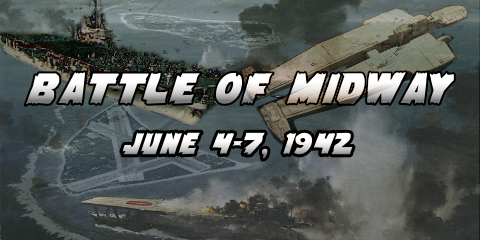

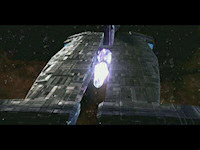
Both Midways made use of their science division! Here, Wernher von Braun conducts a 1947 carrier-based V2 rocket firing onboard USS Midway.
Then, there's the real thing. USS Midway (CVB-41) was America's first Battle Carrier (CVB - C for Carrier, V for Heavier-than-Air, B for Battle), also the lead ship of a Midway-class. She was the first American carrier to possess an armored flight deck. On all prior American carriers the flight deck had been made of Teak, which prevented splintering. British carriers had long had armored flight decks, they actually had fully armored hangars on some ships. However, these carriers had fairly small air wings (36-48 aircraft). The Japanese built an armored deck carrier during the war, Taiho. Taiho was sunk by the American submarine Albacore during the Battle of the Philippine Sea (June 19, 1944) and never got a chance to see what her armored deck could take. Unlike the British and Japanese carriers, the Midway was designed with a large air group in mind. When fully loaded she could accommodate 130 World War II era Hellcats, Corsairs, Avengers and Helldivers. The desire to operate such a large air group necessitated the massive size of the carrier. USS Midway displaced 45,000 tons standard displacement. That's the same as the Iowa class battleships at standard displacement! The USS Midway's career is marked with research and development operations. The ship itself was no exception.
USS Midway, named for the famous 1942 battle, was laid down on October 27, 1943. Her hull is based on the design that would have become the Montana class battleships, although they were cancelled in favor of building more Essex class carriers following the battles of 1942. When she was commissioned, eight days after Japan's surrender, on September 10, 1945 she became the first US Navy warship that was too large to use the Panama Canal.
The Midway began her shakedown cruise in the Caribbean before she joined the Atlantic Fleet as the flagship of Carrier Division 1. It was during this period of her career, September 1947, that the Midway took part in Operation Sandy. During the operation she launched a captured German V-2 rocket (launched by Werhner von Braun himself). This was the first launch of a V-2 from a moving launch platform. For the next seven years the Midway operated with the Atlantic Fleet before transferring to the 7th Fleet in the Western Pacific in 1954. A year later she entered dry dock for her first modernization. She received new catapults, elevators and most importantly an angled flight deck for simultaneous launch and recovery operations. She rejoined the 7th Fleet in 1957 and would remain in the Pacific for the rest of her career.
At the start of the Vietnam Conflict USS Midway was deployed to the Far East to support American operations. Commander L. C. Page flying an F-4B Phantom with VF-21 shot down a MiG-17 on June 17, 1965. This was the first American MiG kill in the Vietnam Conflict. For their performance on this cruise, Midway and her air wing, Attack Carrier Air Wing Two, received the Navy Unit Commendation Medal and, in addition, Midway received the Battle Efficiency "E," marking her as the outstanding carrier in the Pacific Fleet. Following this tour the Midway underwent the most extensive modernization of any ship in American naval history.
The flight deck was enlarged from 2.8 to 4 acres! New and larger elevators were installed to handle the ever increasing size of naval aircraft. Along with countless other improvements (at the cost of a cool $202 million), the Midway was ready to rejoin the Fleet in January 1970.
She was sent back to the Far East where she stayed on station until 1973. On January 12, 1973 LT V. T. Kovaleski and LT J. A. Wise, flying an F-4B Phantom II shot down a MiG-17. This was the last air-to-air kill in the Vietnam conflict. Quite a book end! For services rendered in Vietnam, the USS Midway received a Presidential Unit Citation. However, the Midway's, perhaps, most famous operation in Vietnam came in April 1975 when Major Buang, along with his wife and five children, flying a Cesena 0-1 Bird Dog observation plane flew from a base in South Vietnam into the Gulf of Tonkin hoping to find a carrier to land on. In an amazing bit of flying, Major Buang landed on the Midway lacking the proper equipment to do so. One officer said Buang came in a perfect glide scope and had he had an arresting hook would have grabbed the third wire (the preferred one) without question.
The Midway continued to serve the US Navy into the 1990s when again the carrier went into combat in the Persian Gulf. From November 1990 until February 1991 the Midway launched strikes against Iraq in support of Coalition forces. She went to Yokosuka later that year. She would soon be back off to the United States for her final voyage.
On April 11, 1992 USS Midway was decommissioned in San Diego. It would be more than a decade before USS Midway would make her final deployment in 2003 to become a museum and memorial in San Diego. Seven years ago today, on June 7, 2004 the USS Midway museum opened to the public. It became an immediate success drawing far more visitors than was predicted. She continues to be a popular destination for those visiting the area.
What do either of these ships have to do with the Battle of Midway? Well, only the name. It certainly made sense in 1943 to name a new carrier after a great victory in the current war... and it's a testament to the enduring importance of the battle that the name would still be relevant 738 years later. More than that, though, the fact that both carriers represent massive new strides in Naval aviation are something borne out of the Battle of Midway's legacy. The importance of carrier warfare was confirmed for all time on June 4, 1942--and whether it was the United States of America or the Terran Confederation investing in a new class of carriers built on the bloody lessons of their war experience, doing so was still a tacit acknowledgement of the lessons of Midway.Very special thanks to this update (and series)'s history author, Dundradal.

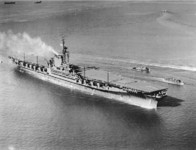
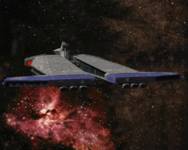

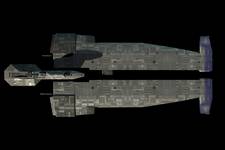
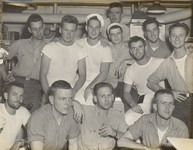
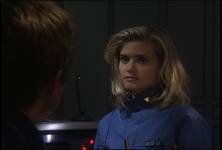

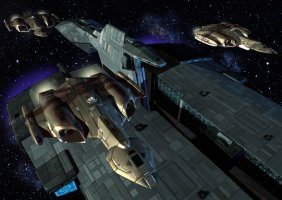
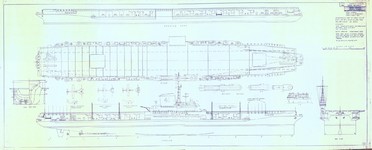
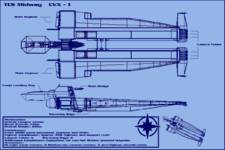
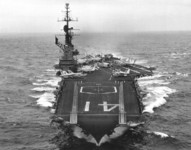
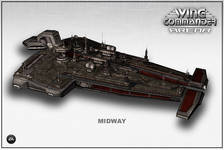
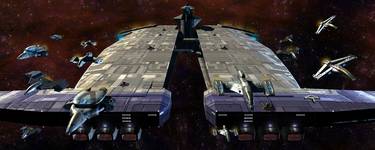
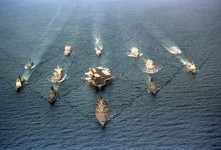
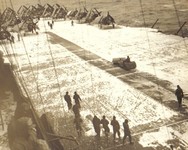
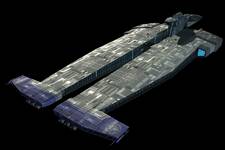
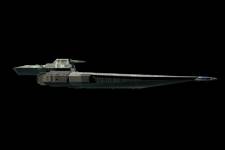






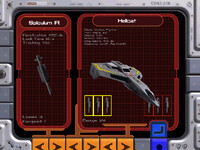

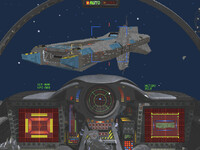
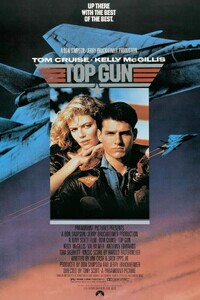
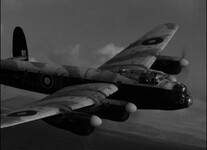
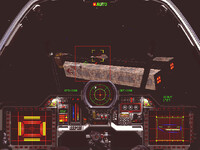


Follow or Contact Us